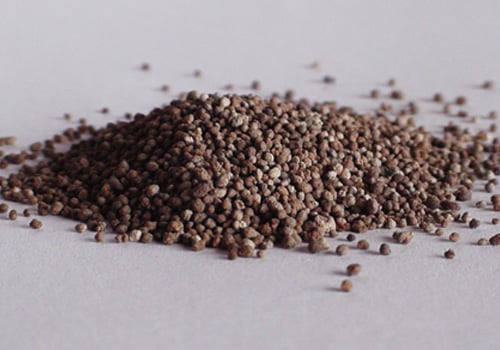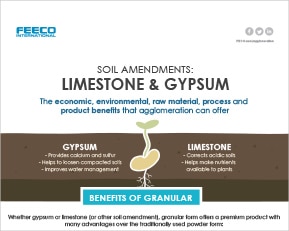Gypsum, or calcium sulfate dihydrate, is a common element found worldwide. In fact, over 90 countries mine more than 110 million tons per year. Gypsum’s global prevalence is fortunate considering its versatility. It is a key ingredient in cement, plaster, and even building materials. Gypsum is also gaining recognition from the positive impacts it brings when used as a soil amendment. This article will focus on the process of pelletizing gypsum, as well as the benefits that result from using pelletized gypsum as a soil amendment.
Benefits of Gypsum as a Soil Amendment
Gypsum is an ideal resource for agricultural purposes, because it contains calcium and sulfur, two nutrients vital to sustaining most irrigated soil. Crop production, leaching, erosion, and other factors deplete calcium and sulfur from the soil, creating a deficiency. This deficiency leads to adverse soil conditions such as compacted soil, unbalanced pH levels, inefficient water infiltration, and a host of other issues. Applying gypsum as a soil amendment improves the physical properties of a soil and ensures optimal crop yields occur.
Some of the benefits from gypsum applications include:
- Improved soil structure
- Enhanced water infiltration and drainage
- Improved soil aeration
- Decreased pH in sodic soils
- Improved plant nutrient absorption
- Increased crop quality and yields
Processing Gypsum into a Soil Amendment
When applying gypsum to soil, a pelletized form is ideal. Pelletized gypsum is easy to apply, mixes well with other inputs, and delivers nutrients effectively. The uniform sizing of pelletized gypsum also prevents gaps in application coverage.
Of course, gypsum is not naturally available in a usable, pelletized form for soil amendments. Gypsum rock must be excavated from mines or quarries, then crushed and ground into a fine powder. Once gypsum is in a powdered form, it is ready to begin the pelletization process.
Click the image below to view our infographic on gypsum soil amendments
Gypsum Pelletizing Equipment
The gypsum pelletizing process forms a strong pellet capable of breaking down quickly in standard field conditions. In order to form these uniform pellets, three critical pieces of gypsum pelletization equipment are required: pin mixers, disc pelletizers, and rotary dryers.
Pin Mixers
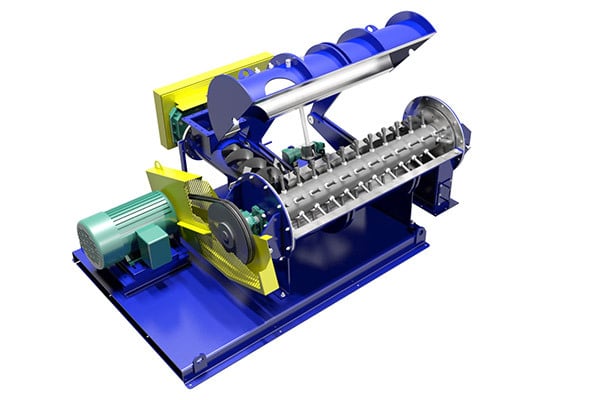
The Pin Mixer works as a primary feed conditioner to the gypsum pelletizing process, mixing the powdered gypsum with a binder solution. The rotational motion of the pins imparts a spinning action to the gypsum mixture, eliminating air and reducing water volume between particles. The intense motion impacted on the material also results in densification many times that of a disc pelletizer.
Disc Pelletizers
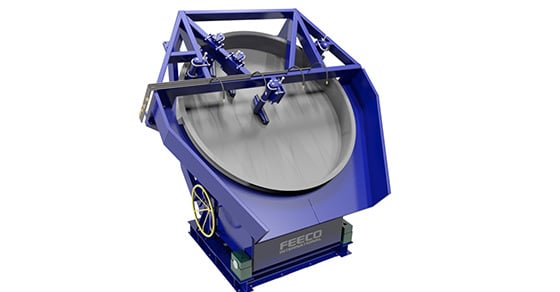
The Disc Pelletizer, or pan granulator, creates spherical gypsum pellets by growing and tumbling material. The rotating motion of the disc forms small collections of particles that gradually build (or ‘snowball’) the gypsum to a desired pellet size. Additional liquid binder and mixed gypsum material are continually fed into the rotating pan of the disc pelletizer, making this a continuous process.
Rotary Dryers
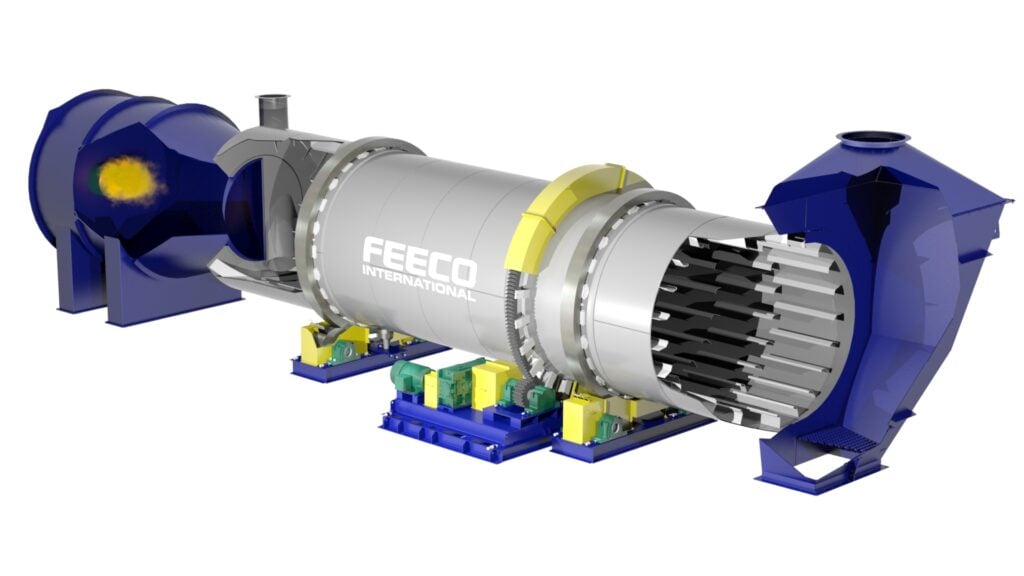
The Rotary Dryer accomplishes the final post treatment of the gypsum pellets, drawing moisture out of the material while churning out a uniform, high-quality product. The rotating motion and lifting flights of the drum are designed to shower gypsum pellets into the air stream, ensuring all of the pellets are properly dried.
Synthetic Gypsum
Synthetic gypsum is drawing interest as a popular alternative to natural gypsum for many reasons. Created as a byproduct from the desulfurization of materials such as petroleum or flue gases from power plants, the use of synthetic gypsum is environmentally friendly because it utilizes a material that would otherwise be treated as waste.
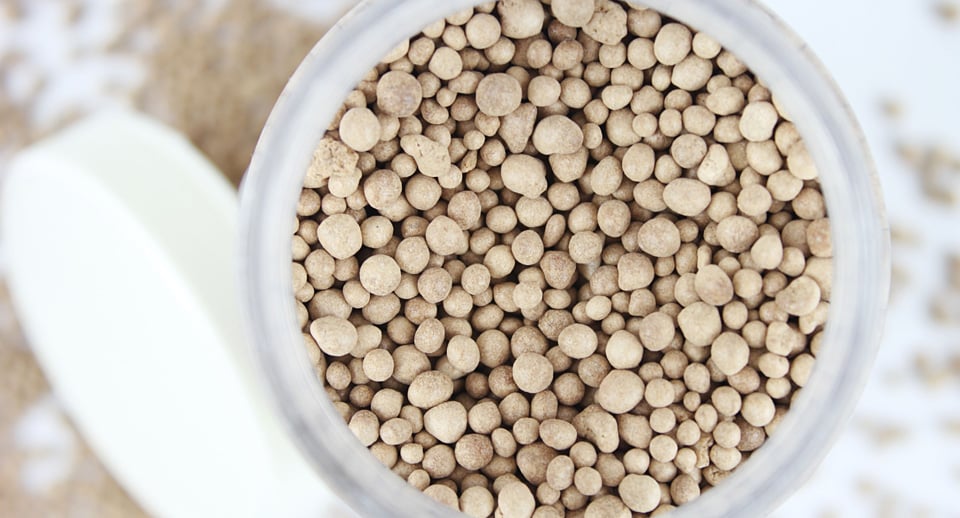
Synthetic gypsum, like natural gypsum, is also processed into a fine powder before it undergoes pelletization. It even provides the same soil amending benefits as natural gypsum. However, synthetic gypsum as a class is somewhat more challenging to pelletize in comparison to natural gypsum. Consequently, testing is necessary to evaluate each synthetic variation and ultimately determine the best pelletization process for each type of synthetic gypsum.
FEECO has a comprehensive knowledge of processing gypsum, with over 60 years of experience designing custom solutions and equipment for the gypsum industry. Backed by a state of the art testing and tolling facility, FEECO is able to provide process and equipment solutions for any natural or synthetic gypsum. For more information on FEECO’s experience with gypsum testing and equipment, contact us today.



